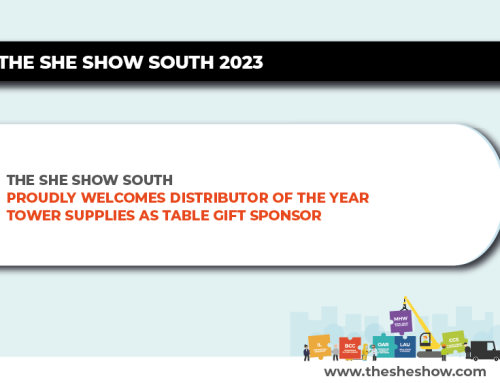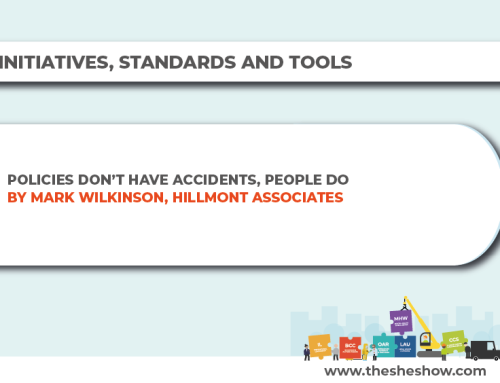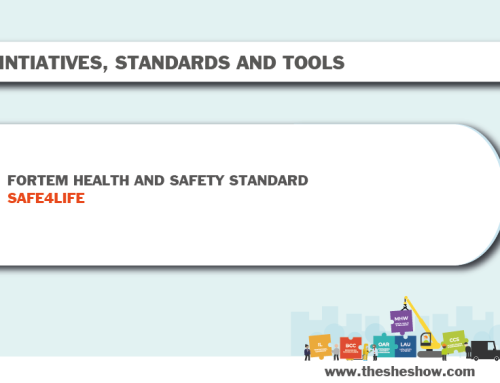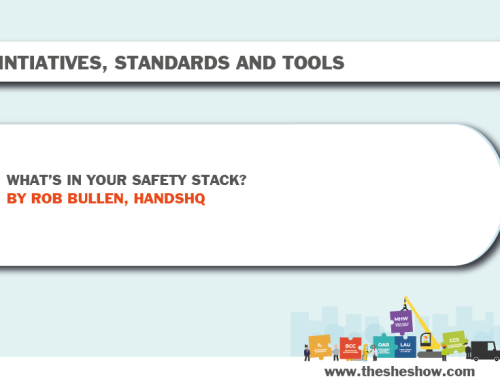When I read the theme of this year’s SHE Show South I was reminded of a remark attributed to American satirist H. L. Mencken :
“For every complex problem, there is an answer that is clear, simple…and wrong”.
There’s no shortage of people willing to offer compellingly simple solutions to complex problems. Nor is there a shortage of people willing to buy them. The problem is that, most of the time, these simple but compelling answers are simply wrong, or at least a gross over-simplification of a complex truth.
Which is why this quote always comes to mind whenever I find myself discussing culture change programmes.
Culture change is big business. A search of the Harvard Business Review archive returns over 14,000 results; Google it and you get over 1.8 billion. Narrowing our Google search to safety culture returns almost 31 million Google, including hundreds of well-argued articles from respectable organisations and well-regarded individuals, each offering a simple prescription for guaranteed success. These often take the form of ‘X’ steps. Six seems particularly popular. However, I could also show you multiple articles describing the 4, 5, 7, 8, 9, 10, 11 or 12 steps I need to take to create a <insert own superlative here> safety culture. Which is why any mention of safety culture brings this cartoon to mind; all of these different answers can’t simultaneously be right and simple. Especially when you see that there is more variation than there is overlap between the models (the first five ‘six steps’ articles listed on Google, for instance, lists at least 20 different actions).
Please don’t misunderstand me here. I’m not accusing the authors of being dishonest. I’m not saying that the reported improvements didn’t happen. I’m not suggesting that things like leadership commitment, employee engagement, workplace coaching etc etc aren’t important. I’m just not convinced that our analysis of culture change programmes is objective, and even if it is, I don’t think replicating the results elsewhere is as simple as following the same X steps.
Now before you burn me as a heretic, hear me out.
Consider company A; they implement one of the ‘X’ step culture change programmes and see a measurable improvement in results. Our in-built human desire for simple, clear and understandable answers – as described by my favourite cartoon – has us attributing the improvements to the ‘X’ step programme. Clearly this is the magic formula that everyone just needs to replicate.
Now consider company B: they undertake the same ‘X’ step programme but see little or no improvement, or worse a deterioration, in results. They’ve done the same things equally well but haven’t seen culture transformed. Ahh, you say, but they can’t have done them equally as well, because things didn’t improve. It stands to reason that if they had done them well, then things would have improved…doesn’t it?
Maybe. But maybe the right answer is more complex. Most of the things that the steps focus on – things like leadership, behaviours, empowerment and engagement – are ambiguous and difficult to define let alone measure. But we need to know that our efforts are working, so we have to measure something. Hence we need to use a proxy measure, something more concrete and tangible like safety performance. Any improvement in this measure is then attributed to the X step programme. But correlation does not imply causation. Just because we did something over here and saw a result over there doesn’t mean the two are linked. And if there is a link, how do we know what each step contributed to the result? We don’t. We simply attribute the improvement to the programme as a whole and hence wax-lyrical about our magic ‘X’ steps.
Which introduces the possibility that many of the things that we identify as essential elements – or steps – in any culture change programme are not supported by objective evidence but are simply backward looking attributions made after the event to fulfil our need for simple answers to complex problems. How do we know what really works?
One way to answer this question would be to look at organisations where these contributions haven’t worked. How many organisations that have safety as a core value still suffer accidents? How many with better-then-average employee engagement scores have less than stellar safety performance? How many organisations whose leaders ‘walk the talk’ have higher than average absence rates? Google doesn’t seem to have an answer to this. It seems no-one is keen to publish articles and reports on these organisations (possibly because they undermine our simple and comforting answers). The fact is many of these organisations are doing the ‘X’ steps that are guaranteed to deliver success but aren’t seeing ‘transformation’. You can, if you wish, choose to believe they aren’t doing them ‘right’. But as we discussed above, the things that typically make up the X steps are invariably ambiguous, intangible and hence difficult to measure…so how do you define right? If you are doing it solely on the basis of the outcome then you are likely confusing attribution with causation.
So where does this leave us? Well, you must decide for yourself.
But for me, it leaves me concluding that safety culture does not lend itself to easy answers.
It leaves me questioning whether the simple answers we reach for are in fact wrong, or at least don’t guarantee success.
It leaves me wondering whether our search for easy answers has created a library of wrong(ish) safety folklore which, like the mythical dragons of old, we need to slay if we’re going to find the holy grail of positive culture change.
*Please note, the views expressed by the original article author are theirs alone and do not necessarily represent those of Washingtondowling Associates Ltd or The SHE Show and therefore we take no responsibility for the content or accuracy of this post.
















Leave A Comment